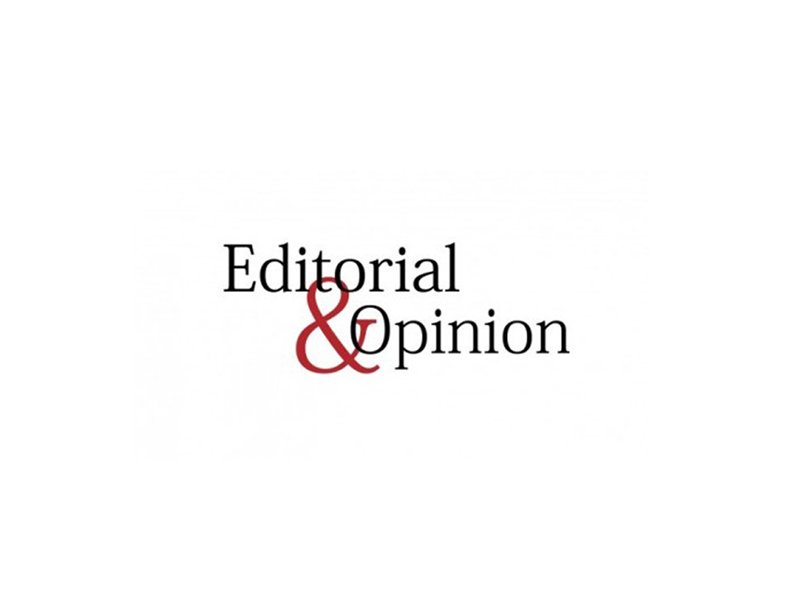
The size of the budget is overly large containing a plethora of fiscal and monetary concessions and incentives — seemingly a transparent move to win the hearts and minds of all sections of society without any exception. There is no economic explanation as to how these seemingly generous measures are going to be financed in the absence of any budgetary measures that have the potential to enhance the income of the government except perhaps the wishful expectation of bountiful income from the amnesty scheme early this month.
The tax concessions announced along with the amnesty scheme themselves are expected to shave off the government income by as much as Rs90 billion which the finance minister believes would come back to the government’s coffer in the shape of various taxes through increase in demand and supply of goods and services as the people with extra income in their hands, again in a wishful frame of official mind, would go on a shopping spree.
It is a budget announced with the short-term goal of enhancing the sitting government’s political chances in the forthcoming elections without any thought having been given to its long-term consequences which would certainly render it completely unworkable. Perhaps the plan is to go for a number of mini-budgets if the PML-N were to recapture the government after the election or perhaps even run to the IMF once again. In case it failed to achieve its political objective it perhaps plans to use this very budget to politically embarrass the succeeding government facing the possibility of losing popularity if it tried to take back the generous concessions and incentives without withdrawing which it would find it impossible to work the budget, finally forcing it to go to the IMF.
In view of the measures announced there is no way one could keep budgetary deficit within the budgeted target for the next year. The possibility of it going through the ceiling cannot be ruled out. This would happen even if one tried to keep the circular debt which has ballooned to almost a trillion rupees off the budget which has been the practice of the PML-N government since it took over the reins of the government in 2013.
There is also no significant attempt in the budget to enhance the volume and earnings from exports. In the first place we lack enough exportable surpluses and despite being the fifth-largest cotton producers our value addition in textiles has been abysmally low as compared to what has been achieved by non-cotton producer countries like South Korea and Bangladesh.
Being an import-based economy and not having enough income from exports or even combined with remittances we don’t have enough to fund our escalating import needs, repay the past debt and finance development and defence. That is why we need to borrow heavily every year to keep ourselves just above the water. Over the years, we had willingly become a dole dependent country. And now that the dole is tapering off our need to borrow more has pushed the debt burden even higher. That is a trap we need to come out with an economic policy that is qualitatively different from the one we have been following all these 70 years. CPEC perhaps has the potential to get us out of the debt trap. But in order to make the most of CPEC we need to get ourselves integrated into the regional economy as well as by opening up trade and economic relations with India, Afghanistan, Iran and Central Asian countries.
Published in The Express Tribune, April 28th, 2018.
Like Opinion & Editorial on Facebook, follow @ETOpEd on Twitter to receive all updates on all our daily pieces.











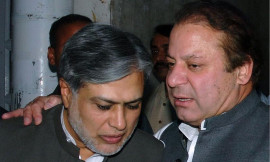
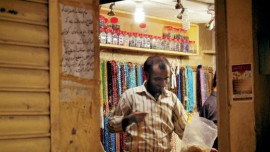
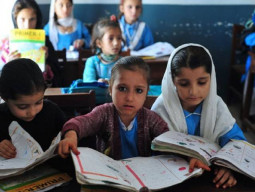
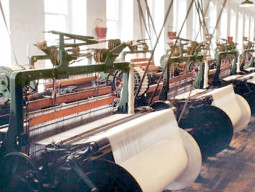





















COMMENTS
Comments are moderated and generally will be posted if they are on-topic and not abusive.
For more information, please see our Comments FAQ